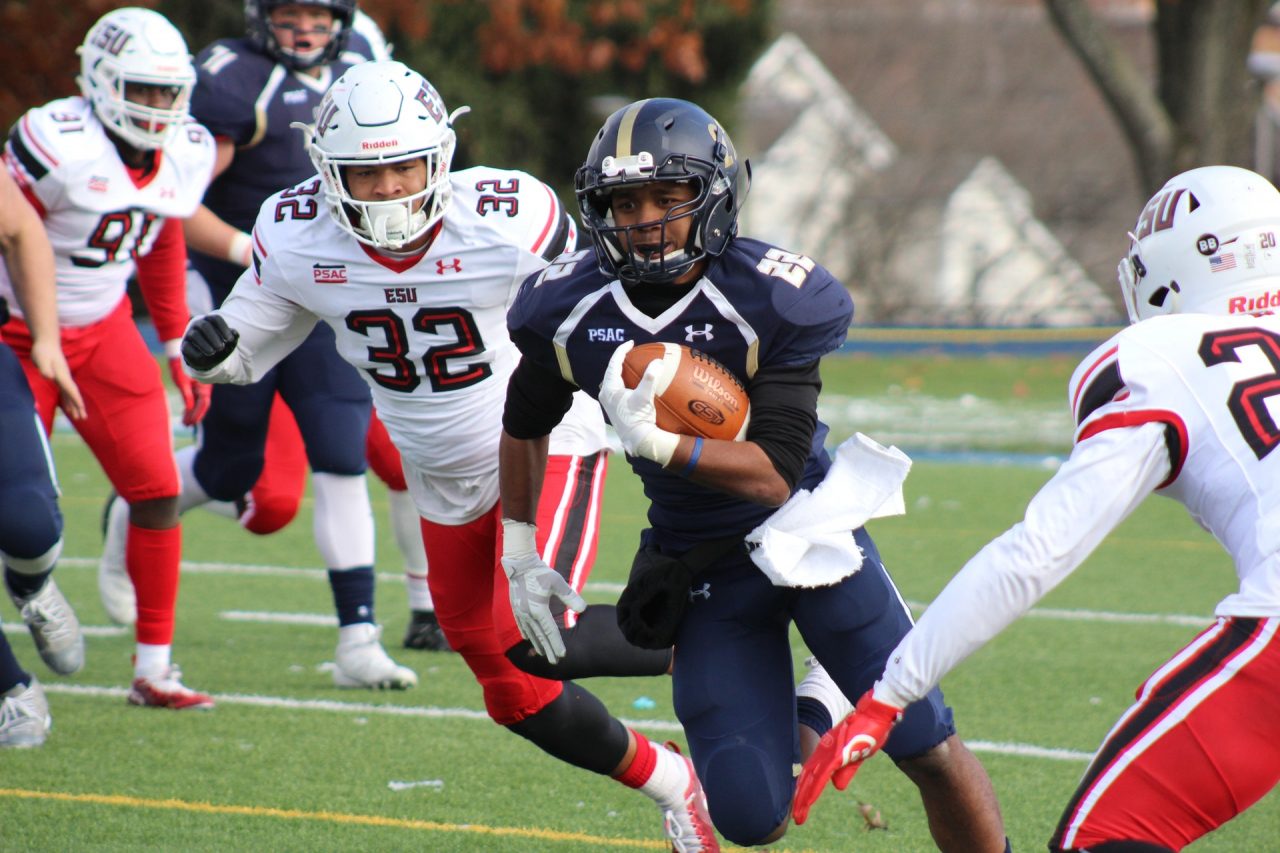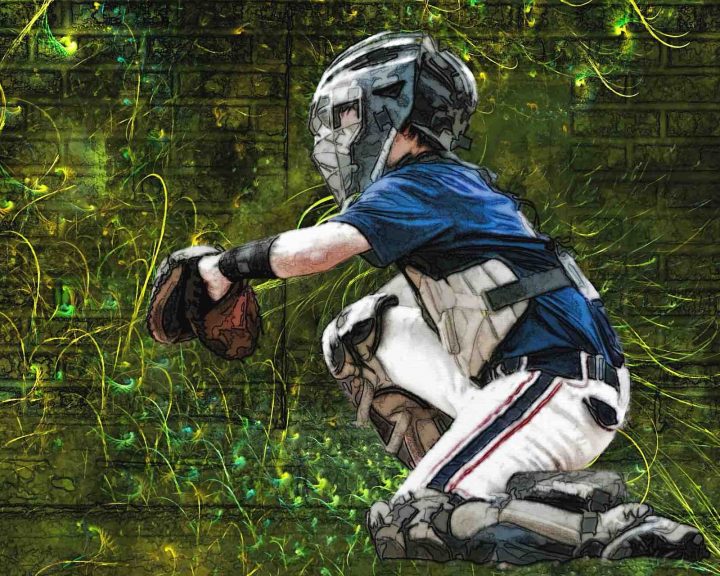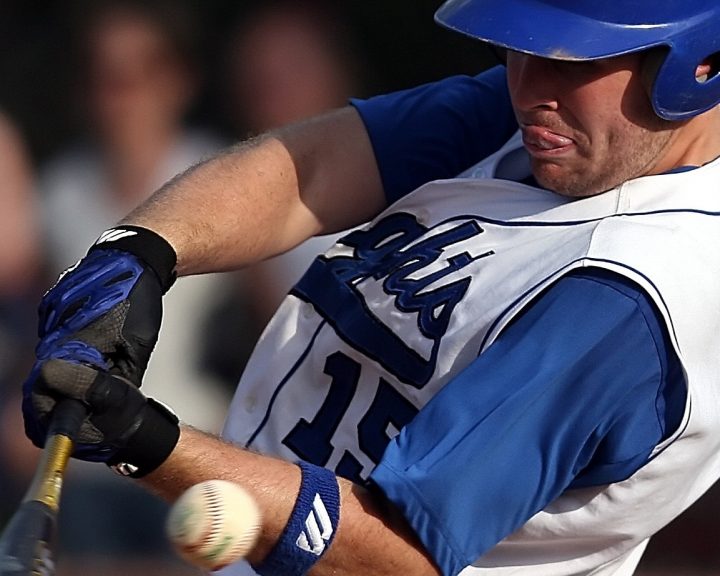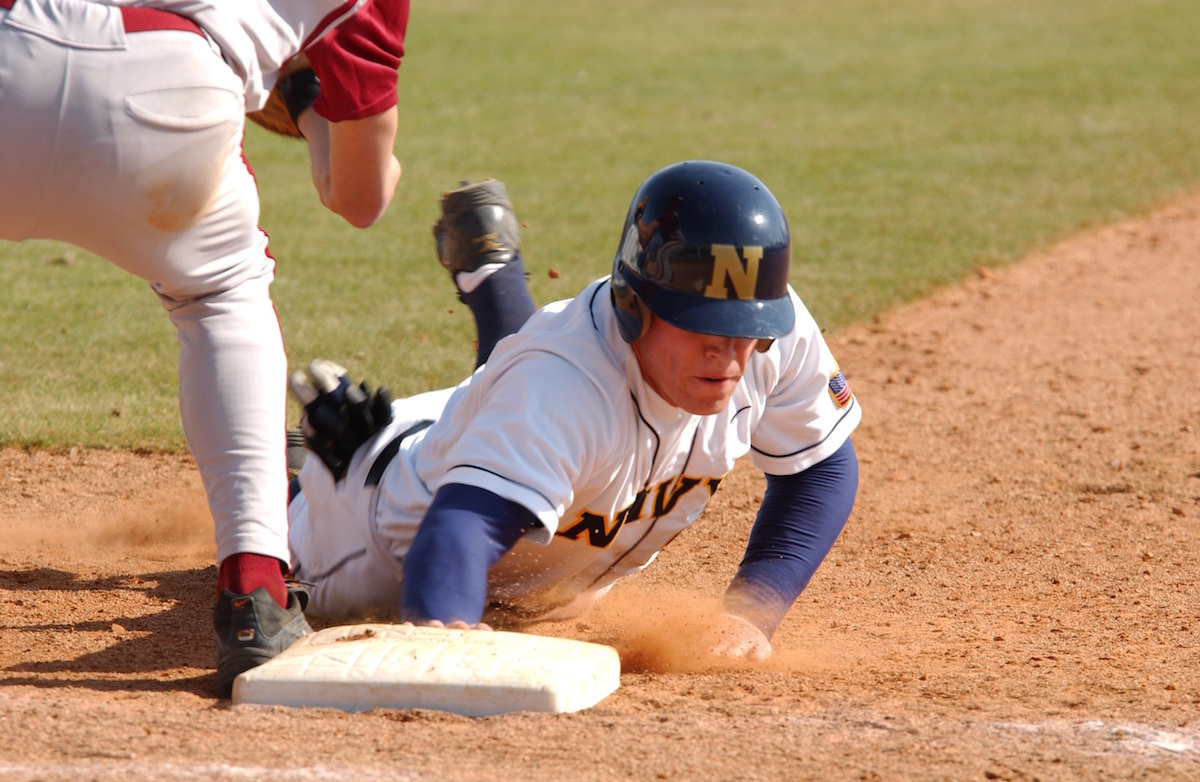In a sprinting event, the part of the race where the athlete is changing his or her velocity is called acceleration. For a track and field athlete, acceleration is an emphasis in their training. This is because some of the sprinting mechanics are different and it is a quality that must be trained. It may take an elite 100 meter sprinter 60 to 80 meters to accelerate enough to reach maximum velocity.
This 60 to 80 meters has led strength and conditioning professionals to focus on training for acceleration when it comes to speed training for most sports. After all, almost nobody runs further than 60 to 80 meters in a straight line in a play, so all athletes need to focus on acceleration right?
A hundred meter sprinter starts the race out in the starting blocks. The first few steps out of the blocks the athlete is close to the ground, increasing his or her stride length and frequency and basically pushing themselves along. As they do this they become upright and their technique resembles how they run at maximum velocity even though they aren’t there yet.
It needs to be kept in mind that only certain sprinters and hurdlers are starting from starting blocks. Most athletes will not begin a sprint from that position, this includes American football players. I know, some positions in American football begin from a three-point stance – but offensive and defensive linemen don’t go from that position into a 60 meter sprint. First they have to do their jobs, in other words they’ll be standing up when they begin their sprint.
So this is an important point with training acceleration for athletes, they are going to be standing up when they begin their sprint – they won’t be starting from a crouch. This brings to question whether we even need to train sprinting from a crouch for most athletes. Athletes will begin their sprints with a predominantly pushing motion until they are moving fast enough to transition to sprinting that resembles maximum velocity running (this typically takes 10-20 meters depending on the athlete).
In the next post we’re going to talk about training tools.




